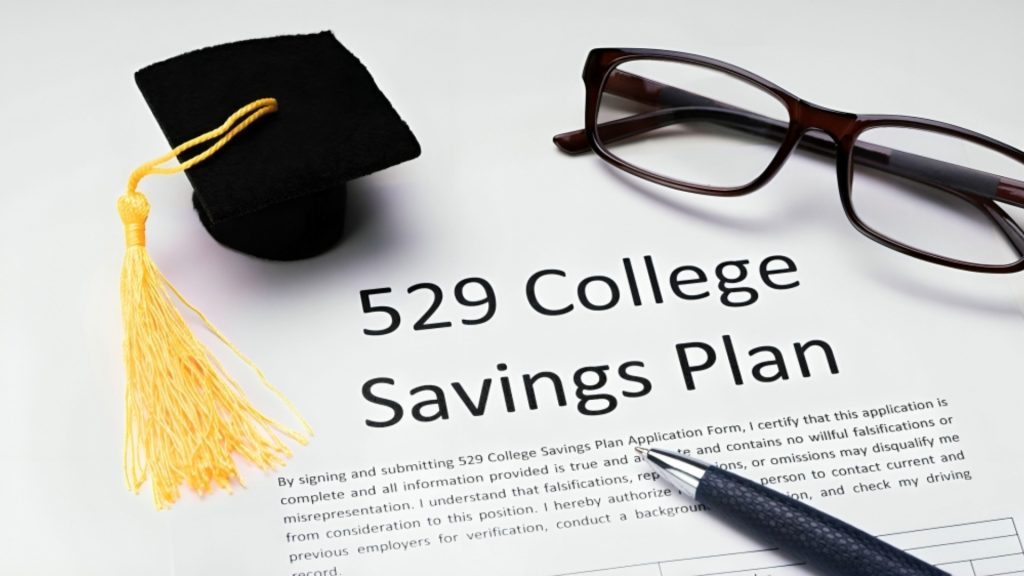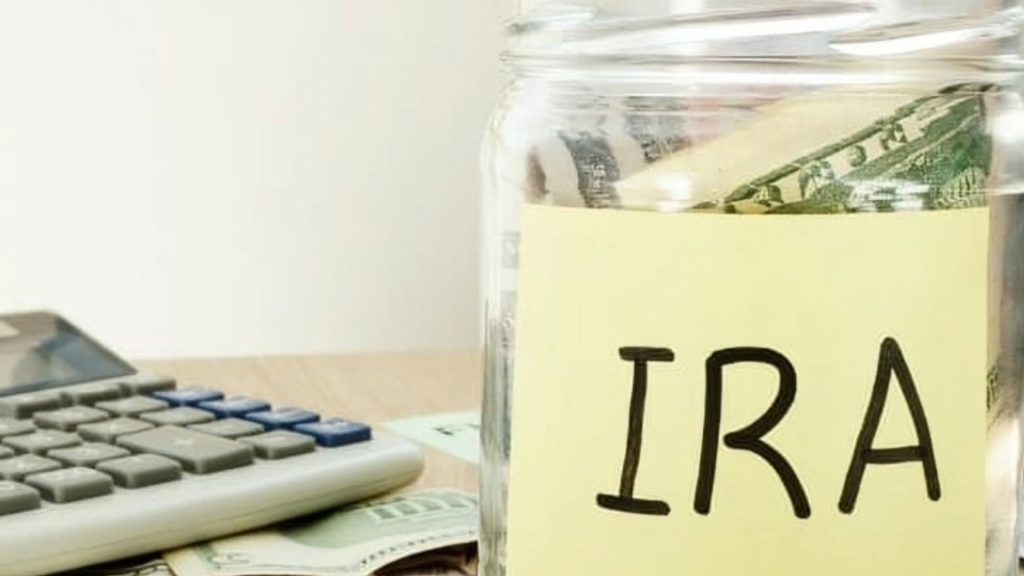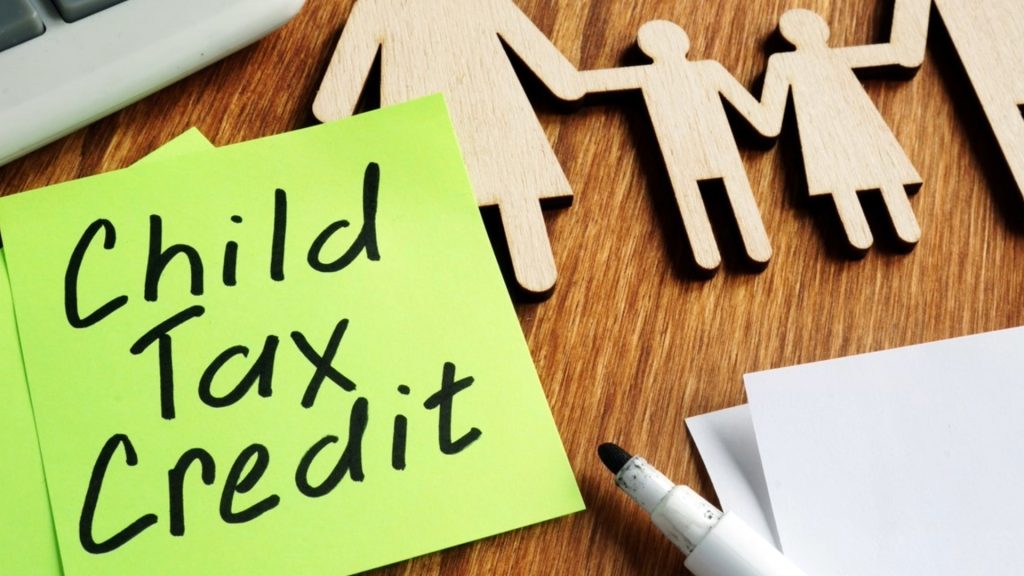Tax filing, to put it mildly, is a headache. You want to minimize your tax bill. And yet, it’s overwhelming to find ways to reduce and minimize the taxable income.
Here are some simple yet effective ways for you to reduce your tax bill this year.
#1. Make 401(k) Contributions
The most obvious and yet the biggest tax deduction available for salary earners is tax-deferred retirement savings. Contribute to your 401(k) or 403(b) retirement account. It acts both as a tax saver as well as a future retirement money for you.

How much can you save with these contributions though? In 2024, you can make contributions up to $23,000. That’s the amount you can reduce your taxable income. If you have excess income taxed at the highest tax bracket, then you can save up to $8510.
#2. Opt for a 529 Plan
A 529 plan is a tax-advantaged savings plan to help you save for future education costs. You can open a 529 Plan for yourself (if planning for higher studies) or more commonly for your child and/or dependents.

The contributions to a 529 plan are exempt from taxes. Your taxable income is reduced by your contributing amount. Upon withdrawal, the withdrawn amount is tax-exempt as well – provided you are taking the money out for qualified educational expenses. If not, you will have to pay the taxes plus a penalty.
#3. Review Investment Portfolio for Tax-Loss Harvesting
No one wants to lose money in stocks. But if you do, you can ask Uncle Sam to share your pain. If you are looking at a large capital gains tax for the filing year, you can share your investment losses through two things.

First, you can offset the capital losses with capital gains for the current year, and reduce the overall capital gains tax payable by you. Second, if your capital losses are higher than the capital gains, you can deduct up to $3000 net losses from your taxable income. Plus, you can make tax-harvesting strategies to leverage this tax break – which brings us to the next tip.
#4. Consider Selling Bad Stocks and Defer Selling Good Stocks
If you have underperforming stocks in your investment portfolio, and you think they are losers (not because their price is down but because you think the business is bad), you can sell them now to harvest the capital loss.

Similarly, if you were planning to sell some investments with capital gains, hold off until you cross the year. Of course, the capital gains will be reflected in the next filing year. But it’s still a viable strategy if you think the current year’s tax is too much and you want to save on taxes for now.
#5. Opt for a Health Savings Plan (HSA)
A Health Savings Plan (HSA) is a tax-advantaged savings plan to help you save for medical expenses. Like 401(k), HSA plans are tax deductible and have the earnings growth tax protected. But unlike 401(k), HSA also has tax-free withdrawals. Provided you make qualified medical expense withdrawals.

There is a cap for contributions though. For an individual, the maximum contribution can be $4150 and for a family, the amount is $8300. The HSA plan is a great tax-saving option, especially for high-income individuals.
#6. Max Out Traditional IRA
For self-employed people and those who don’t have a retirement plan at work, they can get a tax break through their contributions to a Traditional IRA (Individual Retirement Account). The tax break is up to $7000 for a person and $8000 for elderly 50+ aged people.

People with workplace retirement plans can also get tax deductions for some of their traditional IRA contributions depending on their income and tax bracket.
#7. Check If You Are Eligible for Earned Income Tax Credits
For taxpayers with low or moderate earnings, there is a provision for earned income tax credits (EITC) which offers refundable tax credits – reducing the amount of tax owed. To qualify for EITC, one must have an income below a certain level and the investment income cannot exceed $11,600 for the year.

Once eligible for EITC, the taxpayer can offset the tax credits with the payable tax directly. If the tax credits exceed the tax bill, you will receive a refund of the net amount.
#8. Apply for a Flexible Spending Account (FSA)
A flexible spending account (FSA) is a tax-advantaged savings account that allows employees to save a part of their income for medical expenses. The contributions made to the FSA are tax-exempt. The withdrawals are not subjected to tax as well for qualified health-related expenses.

How is FSA different from HSA then? HSA contributions can be carried over year after year. But FSA, in general, should be used within the same year. Also, opening an FSA depends on the employer.
#9. If You Are a Charitable Person, Claim It for Tax Deductions
Charity lowers your tax bill. But donating to a charity purely to claim a tax deduction is disingenuous and not a great financial decision. You are spending three dollars to save one dollar (assuming you are at a 32% tax rate).

However, if you are a charitable person and donate to a charity, you can claim tax deductions. The charitable contributions are subject to the charity organizations’ eligibility. A pro tip is to donate via stocks (non-cash donations) since it saves you on capital gains tax as well.
#10. Make Use of Child Tax Credit
If you have kids, you can make use of the child tax credit to lower your tax bill. The child tax credit is a tax benefit granted to taxpayers with children below the age of 17. And you must be earning less than $200,000 as an individual or less than $400,000 as joint filers.

The tax credit is $2000 per child. The credit can be used to offset the tax payable. If the credit exceeds the tax bill, you can claim a refund of up to $1700.
#11. Claim Clean Energy Tax Credits
The Inflation Reduction Act provides several tax credits for families employing clean energy in their homes. The tax credits are provided for residential clean energy and energy-efficient home improvements.

These tax credits are applicable for a variety of improvements ranging from home energy audits to natural gas heat pumps and water heaters to solar and wind energy appliances.
Closing Thoughts – Implementing These Tips
While some of these tips are common knowledge (401(k), tax harvesting), some tips are not widely known (529 plan, EITC, child tax credits). You should start your tax planning with the tips that have the largest impact and move down slowly to the smaller tax credits.

Start with the retirement accounts first. HSAs, FSAs, and 529 plans come next. Then go over to the tax harvesting. Charity, EITC, child tax credits, and clean energy credits at the last. To wrap this post up, here is one final tip. File your tax on time and avoid penalty.






